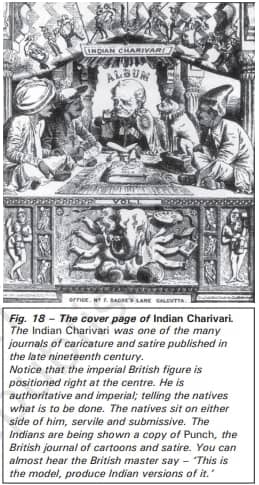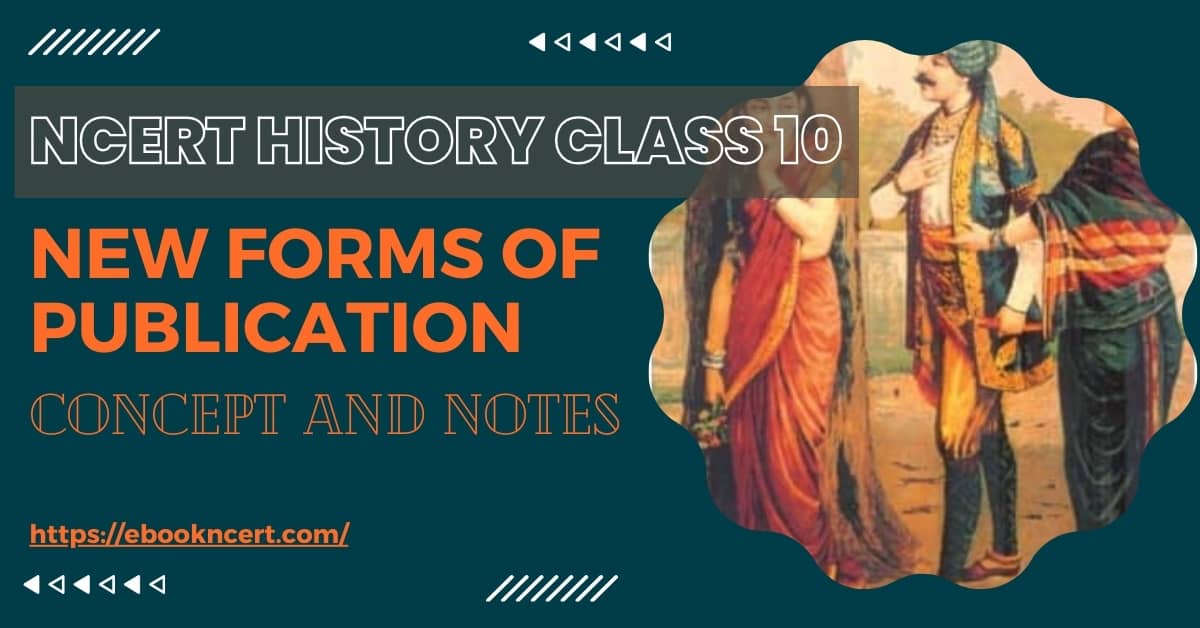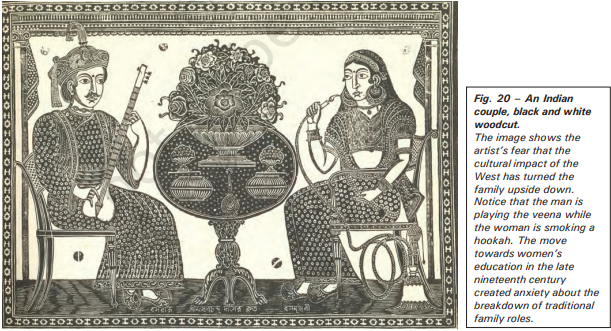NCERT History Class 10 | New Forms of Publication – Concept and Notes
Topic & sub-topics covered: New Forms of Publication, Women and Print, Print and the Poor People: Print Culture and The Modern World (All single detail notes are exam-oriented).
We have discussed in-depth and exam-oriented pointers that can be asked in the board exam of class 10th about “New Forms of Publication, Women and Print, Print and the Poor People” which is taken from the NCERT History book for class 10th chapter no. 5 “Print Culture and The Modern World“.
Download NCERT History Chapter 5 Class 10th Notes PDF for “Print Culture and The Modern World”
If you are in class 10th and looking for free NCERT History chapter 5 notes of the chapter Print Culture and The Modern World class 10 that cover concepts, then you can download the free class 10th History chapter 5 notes “Print Culture and The Modern World”. You should download this free PDF for future test or exam preparations.
NCERT Class 10 History Chapter 5 Print Culture And The Modern World Class 10th Notes & Concept
New Forms of Publication

1. Impact of Printing on Literary Preferences:
- Printing led to a demand for literature that reflected the lives, experiences, emotions, and relationships of readers.
- The novel emerged as a popular literary form, catering to this need and offering diverse portrayals of human life.
2. Expansion of Literary Forms:
- Alongside novels, new literary forms such as lyrics, short stories, and essays on social and political issues gained popularity.
- These forms highlighted human experiences and social dynamics, reflecting the changing societal norms.
3. Emergence of Visual Culture:
- Increased accessibility to printing presses facilitated the reproduction of visual images in mass quantities.
- Artists like Raja Ravi Varma produced images for mass circulation, while wood engravers created prints for decoration, shaping popular perceptions of modernity, tradition, religion, and politics.
4. Role of Caricatures and Cartoons:
- Caricatures and cartoons became prevalent in journals and newspapers by the 1870s, serving as commentary on social and political matters.
- They depicted various aspects of Indian society, including the fascination with Western culture, the fear of social change, and critiques of imperial rule.
Women and Print



